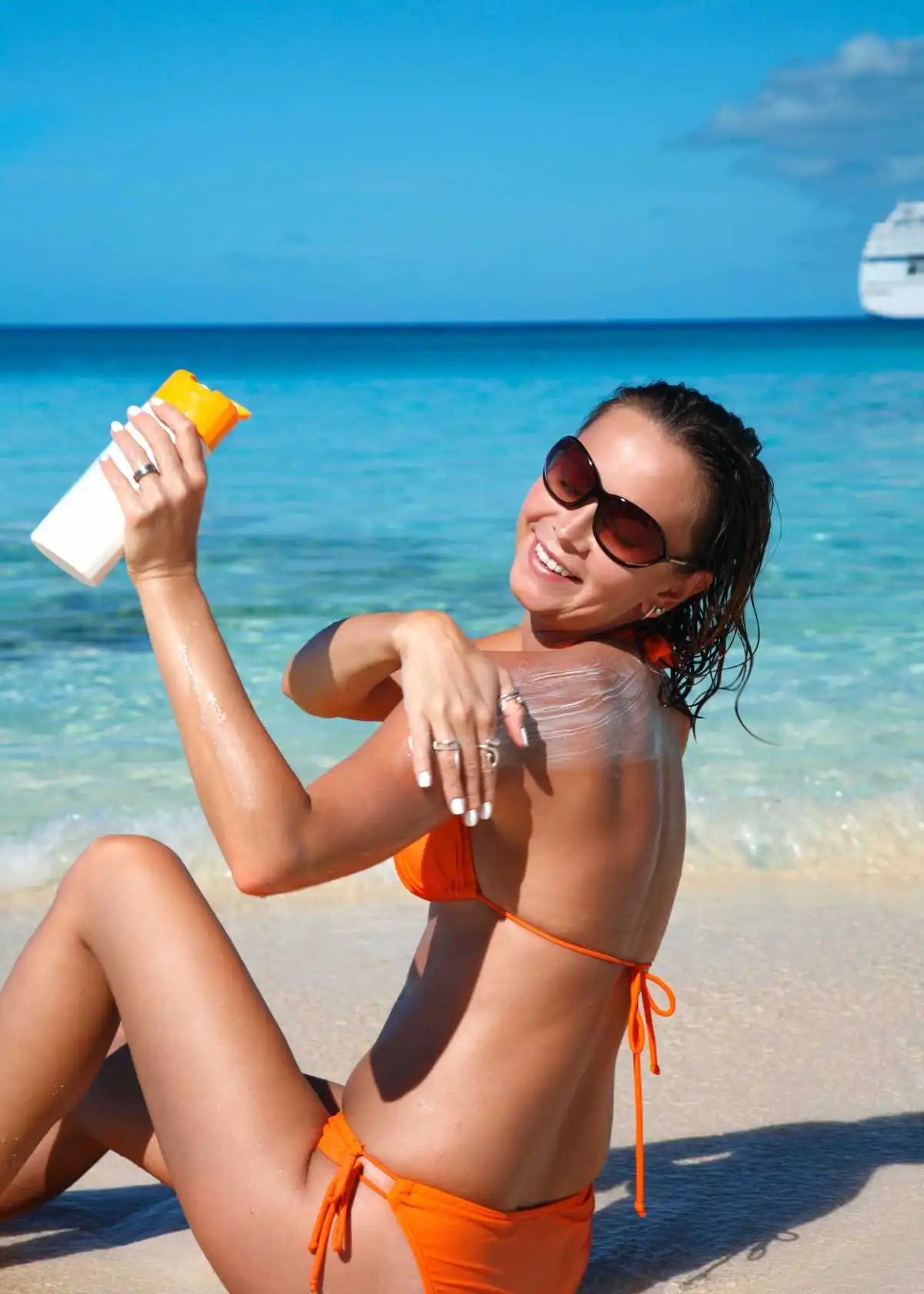Why You Need Water Resistant Sunscreen
You've heard it a million times: wear sunscreen! But have you ever wondered why? And why specifically water resistant sunscreen?
Think about a searing sunny day at the beach. The heat is bouncing off the sand, and the water's just begging for you to jump in. You apply sunscreen, take the leap, and... you're sunburnt within an hour. What went wrong? Your sunscreen simply washed off.
That's where water resistant sunscreen becomes your new best friend. Unlike ordinary sunscreens, it doesn't run off when you take a dip or break a sweat. It sticks to your skin like a determined seagull to a beachside picnic, ensuring you stay protected longer.
You see, the sun might seem like a benevolent ball of light, but it actually emits harmful ultraviolet (UV) radiation. And while we do need a bit of sunlight for vitamin D, excessive exposure to UV radiation can lead to premature aging, sunburn, and even skin cancer.
Water resistant sunscreen keeps you shielded from these harmful UV rays for longer, whether you're doing a cannonball into the pool, sweating through a volleyball game, or just taking a leisurely walk on a hot day. It's your trusty sidekick for sunny adventures, so never leave home without it!
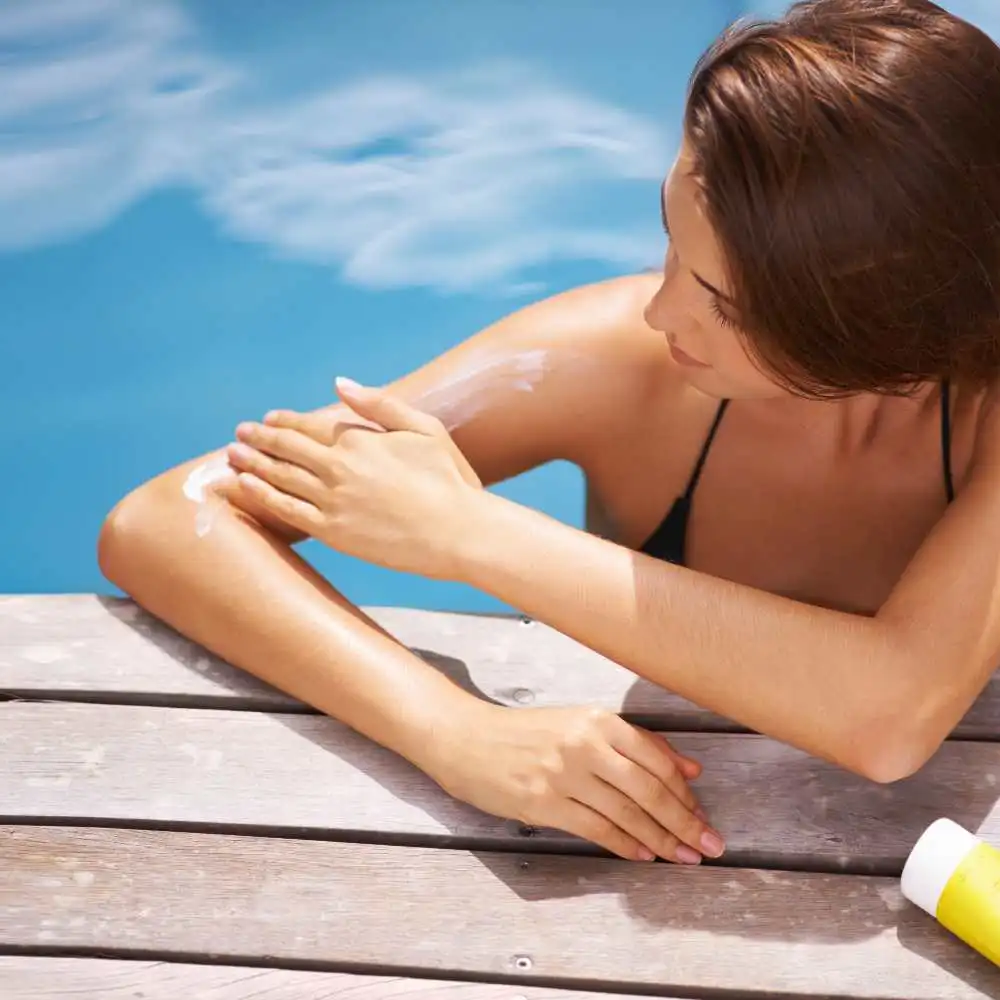
Understanding Sunscreen Terms
When shopping for sunscreen, it can feel like you've suddenly been thrust into a scientific research paper. Broad spectrum, SPF, water resistant - oh my! But worry not, intrepid sunscreen shopper, because we're here to break down these sun-lingo mysteries for you.
SPF – What Does It Mean?
Let's start with SPF, which stands for Sun Protection Factor. This number tells you how long the sun's UV radiation would take to redden your skin when using the product exactly as directed versus the amount of time without any sunscreen. So ideally, with SPF 30, it would take you 30 times longer to burn than if you weren't wearing sunscreen.
Keep in mind though, higher SPF doesn't mean infinite protection. An SPF 30 sunscreen blocks about 97% of UVB rays, while an SPF 50 sunscreen blocks about 98% of rays. No sunscreen can block 100% of UV rays, so remember to reapply every two hours and after swimming or heavy sweating.
The Meaning of 'Water Resistant'
On to our next term - 'water resistant.' In sunscreen speak, a product labeled as water resistant maintains its SPF level after a certain time in the water. This time can be either 40 or 80 minutes, based on the product.
So, if you're planning to swim or sweat a lot, go for a water resistant sunscreen. It'll hold on tight even when things get watery or sweaty. Just remember to reapply once you're out of the water or once you've toweled off.
Water resistant sunscreen is a game-changer, folks. It's like an umbrella for your skin that doesn't mind getting wet. You're welcome.
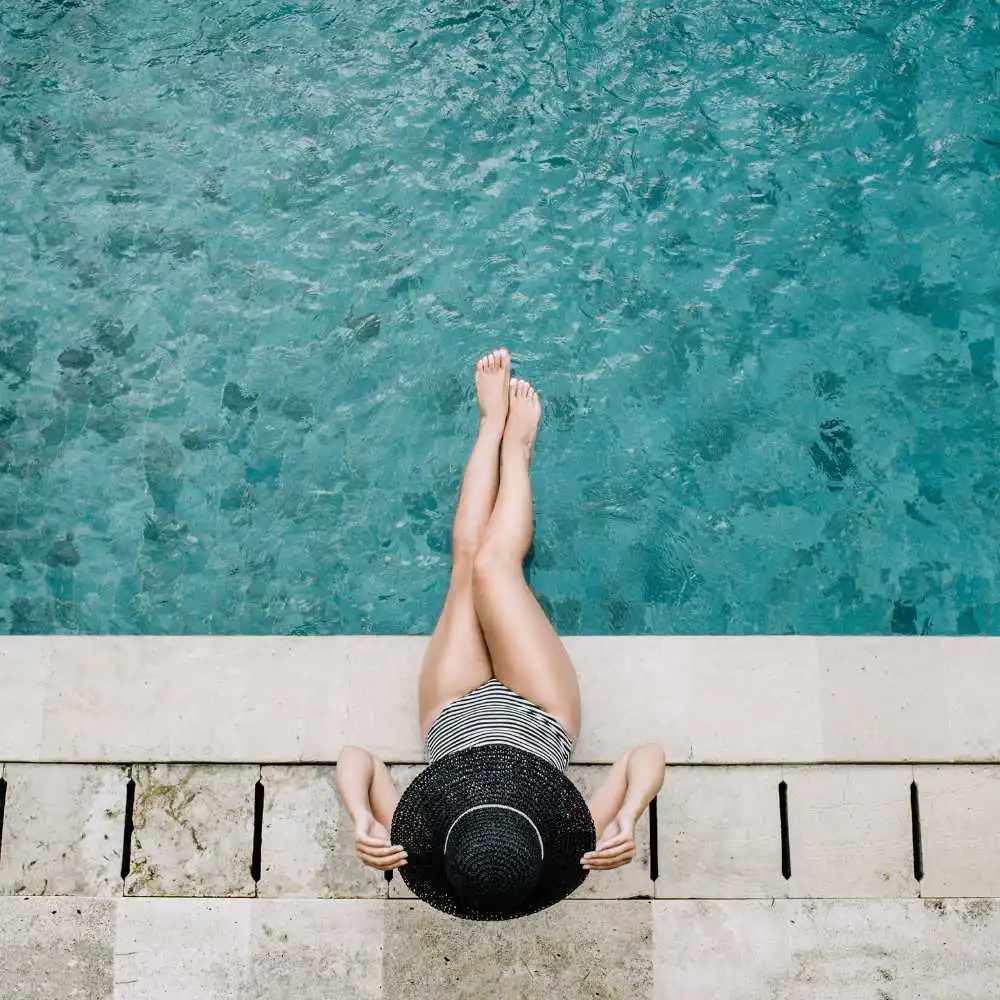
Factors to Consider When Buying Water Resistant Sunscreen
Like a great detective, choosing the perfect sunscreen requires paying attention to the details. Not all sunscreens are created equal, and some might even be more suited to your specific needs than others. So, let's dive into the key factors you should consider while hunting for the best water resistant sunscreen.
Sunscreen Ingredients and Your Skin Type
Did you know sunscreens are like a giant buffet for your skin? They're filled with a bunch of ingredients, some of which your skin might love and others, well, not so much. Sunscreens typically contain a mix of ingredients that either scatter, absorb, or reflect the sun's rays. Some are chemical blockers like avobenzone and octinoxate, while others are physical blockers like zinc oxide and titanium dioxide.
If you've got sensitive skin, you might prefer physical sunscreens, as they sit on top of your skin and deflect the UV rays rather than absorb them. On the other hand, if you have darker skin or prefer a lightweight, invisible finish, chemical sunscreens might be your go-to.
Don't forget to check for fragrances, parabens, or other ingredients you might be allergic to. And if you care about the environment, look for "reef safe" sunscreens that don't contain harmful ingredients like oxybenzone and octinoxate, which are known to damage coral reefs.
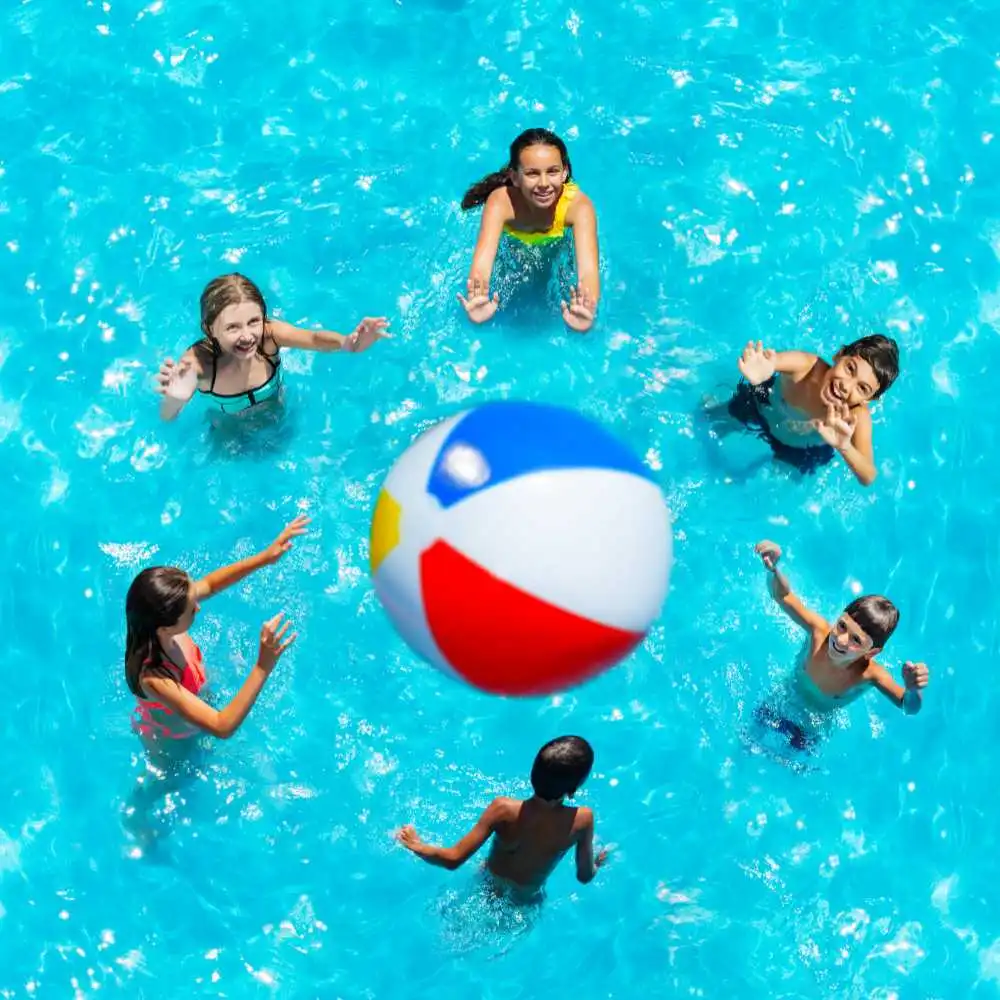
Price vs. Quality
You might think the more expensive a sunscreen, the better it works, right? Wrong! When it comes to sunscreen, price doesn't always equal quality. Some budget sunscreens can offer excellent protection, while some pricier options might not live up to their cost.
What truly matters is that the sunscreen offers broad-spectrum protection (this means it protects against both UVA and UVB rays), has an SPF of 30 or higher, and is water resistant. If it ticks these boxes, then whether it's a fancy brand or a drugstore gem, it should serve you well.
Also, consider how the sunscreen feels on your skin. If it's greasy or heavy, you might not be inclined to reapply it as often as you should, which defeats the purpose. Sometimes, spending a bit more can get you a formula that you'll actually enjoy using.
Remember, the best sunscreen is the one you'll wear consistently. So, think about these factors, trust your skin, and make an informed choice. Your skin (and future self) will thank you!
Our List of the Top Products in This Category
1. Neutrogena Beach Defense Water Resistant Sunscreen Lotion
2. La Roche-Posay Anthelios Melt In Milk Body & Face Sunscreen
3. Blue Lizard SENSITIVE Mineral Sunscreen
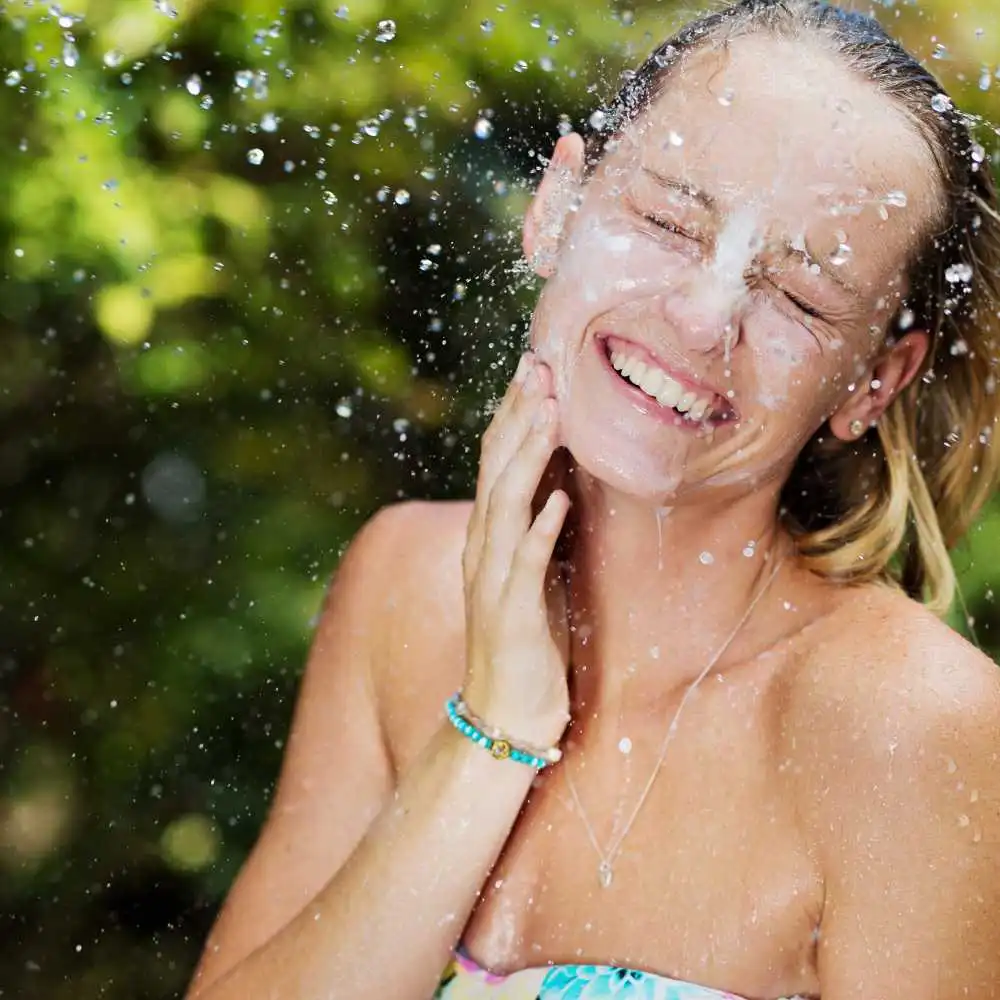
How to Properly Apply Your Water Resistant Sunscreen
Okay, so you've successfully navigated the labyrinth of sunscreen choices and landed on the perfect water resistant sunscreen. Good on you! But buying the sunscreen is only half the battle. Knowing how to properly apply it is the other half. Let's turn you into a sunscreen-applying pro, shall we?
Step 1: Be Generous. Think of your skin as a canvas and the sunscreen as your paint. You're not creating a minimalist piece here; you're going for full coverage. A thin layer of sunscreen isn't going to cut it. As a rule of thumb, use about a shot glass full (or two tablespoons) of sunscreen to cover your entire body and a nickel-sized dollop for your face.
Step 2: Apply Before You Go. Don't wait until you're already lounging poolside or at the beach to put on your sunscreen. For it to be most effective, apply it at least 15 to 30 minutes before you step out in the sun. This gives your skin time to absorb the sunscreen and start defending against those pesky UV rays.
Step 3: Don't Ignore the Hard-to-Reach Places. Some areas of the body are like the underrated supporting actors in a movie—they don't get the attention they deserve. Make sure to cover your ears, the back of your neck, your hands, feet, and even the back of your knees. If you're follicly-challenged, either wear a hat or apply sunscreen to your scalp as well.
Step 4: Reapply, Reapply, Reapply. This is the golden rule of sunscreen. Even water resistant sunscreen needs to be reapplied at least every 2 hours and immediately after swimming or heavy sweating. Water resistant doesn't mean invincible, it just means it sticks around in wet conditions for longer. And remember, towel-drying can also remove sunscreen, so reapply after drying off.
Step 5: Don't Rely on Sunscreen Alone. Sunscreen is your MVP in sun protection, but it works best as part of a team. Wear a wide-brimmed hat, UV-blocking sunglasses, and protective clothing. Seek shade during the peak sun intensity hours (usually between 10 a.m. and 2 p.m.).
And there you have it, the art of applying water resistant sunscreen! Remember, a sunburn today can lead to skin damage tomorrow, so slather that sunscreen on and enjoy the sun safely!
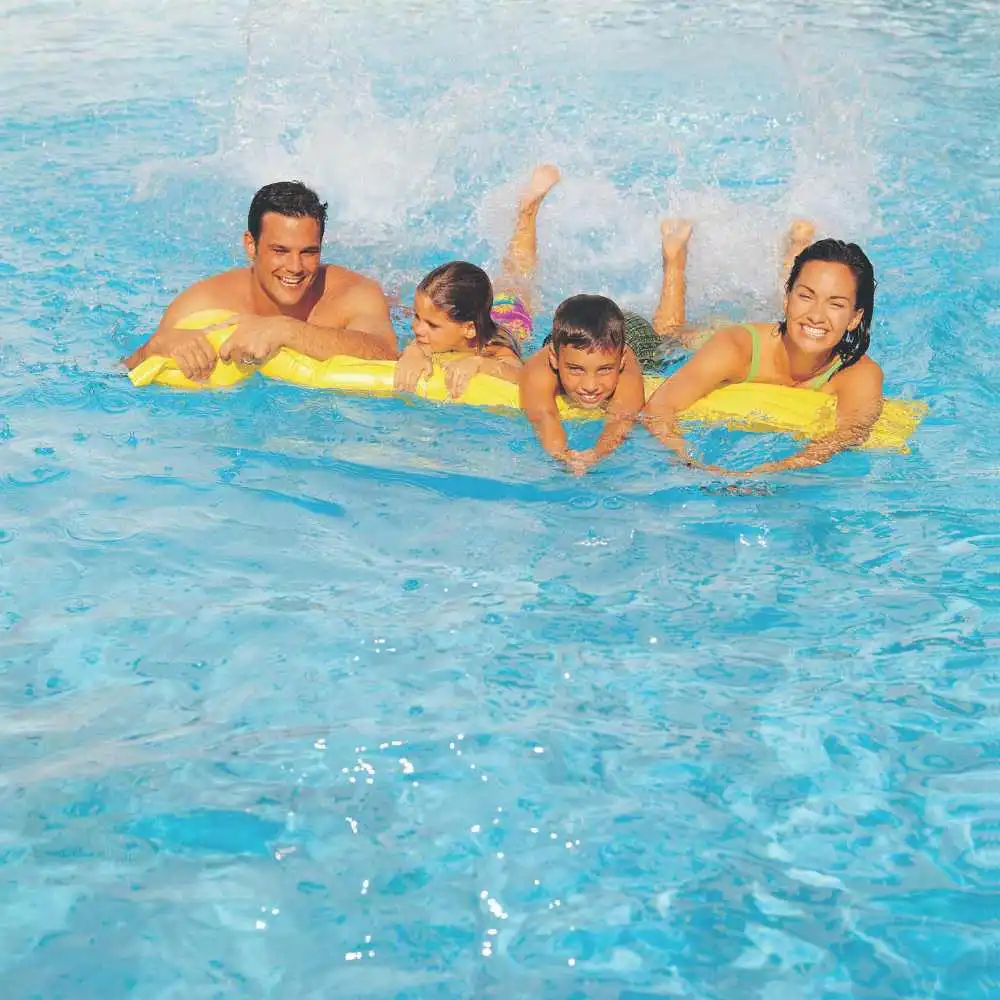
Wrap Up: Stay Safe in the Sun
We've done it, folks! We've journeyed together through the sun-soaked world of water resistant sunscreens, learning why they're the unsung heroes of summer (and any sunny day, really), deciphering the hieroglyphics of sunscreen labels, and mastering the art of sunscreen application. Now, we can bask in the satisfaction of being smarter about sun safety.
Remember, even though sunlight gives us that glorious vitamin D and makes the Instagram beach photos pop, it's also home to sneaky UV radiation that can be harmful to our skin. So, having a good water resistant sunscreen by your side is like having a personal bodyguard that fights off these harmful rays, while you're busy making a splash in the pool or building the next architectural marvel out of sand.
But, not just any bodyguard, right? You now know how to pick a sunscreen that's perfect for your skin type and needs. You've got the knowledge to prioritize broad-spectrum protection, check the SPF, scrutinize the ingredients, and ensure it's water resistant.
Most importantly, we've learned that sunscreen is not a 'slap it on and forget about it' deal. It's a 'apply, enjoy the sun, reapply, and repeat' ritual. An effective sunscreen game is all about consistency, friends!
But our journey doesn't end here. We've armed you with knowledge, but now comes the fun part: choosing your summer companion from a list of elite, top-performing sunscreens. So go ahead, check out our top product list and find your skin's new best friend.
Remember, the sun is there for us to enjoy - not to run away from. So go out there, have fun, stay protected, and make the most of those sunny days. After all, summer memories are the best kind, aren't they?

